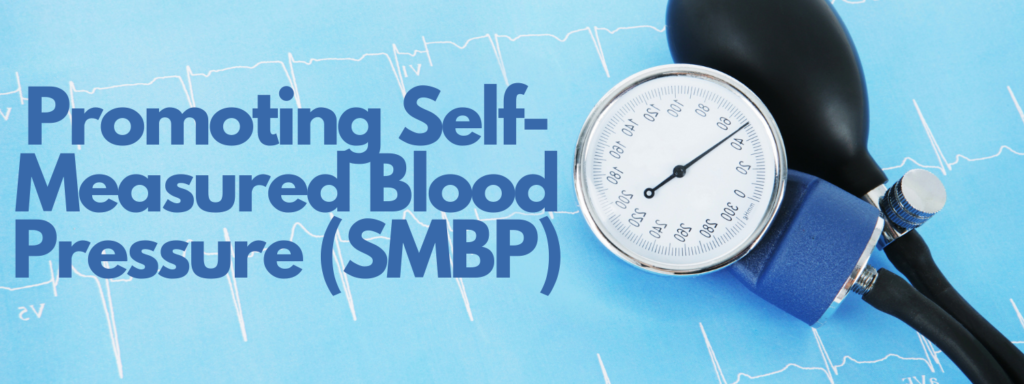
Increase Engagement of Your Patient’s Hypertension through SMBP
In partnership with a grant through the CDC and the Wisconsin Department of Health Services, Division of Public Health, WNA would like to encourage all nurses practicing in health systems primary care clinics to develop and launch a Self-Measure Blood Pressure (SMBP) program for your patients with hypertension.
SMBP monitoring interventions support and promote the use of personal blood pressure measurement devices in the management and treatment of high blood pressure. Nurses as program staff train patients to use validated, and usually automated, blood pressure measurement devices on a regular basis in familiar settings, usually their homes. Patients share blood pressure readings with their healthcare providers during clinic visits, by telephone, or electronically. These measurements are monitored and used in treatment decisions to improve blood pressure control. SMBP has demonstrated that patient engagement in taking, monitoring, and reporting their blood pressure measurement supports improved outcomes.
Here are some resources that you can use to support patient SMBP.
Cardiovascular Disease: Self-Measured Blood Pressure Monitoring
The Community Preventive Services Task Force (CPSTF) recommends self-measured blood pressure (SMBP) monitoring interventions when used alone and when combined with additional support to improve blood pressure outcomes in patients with high blood pressure.
Developing a Self-Measured Blood Pressure (SMBP) Resource Guide for Primary Care
This document is a compilation of the elements needed for developing a SMBP program.
Guidelines for Selecting a Validated Automated Blood Pressure Device & Cuff
Uncontrolled high blood pressure (“BP”) is the leading risk factor for death and disability. The accurate measurement of BP is essential for the diagnosis and management of hypertension. One important aspect of accurate measurement is whether the BP measurement device has been validated for clinical accuracy. An independent review process resulted in a formal list of BP devices that have been validated for clinical accuracy (the “US Blood Pressure Validated Device Listing” or “VDL”).
Patient Training
There are important steps patients need to take to accurately measure their blood pressure. It is helpful to communicate these steps face-to-face so you can demonstrate how to use the blood pressure device, how to accurately measure blood pressure (PDF) and how to use the blood pressure recording log (PDF). This information is from Target:BP Here is their Patient Training Checklist
